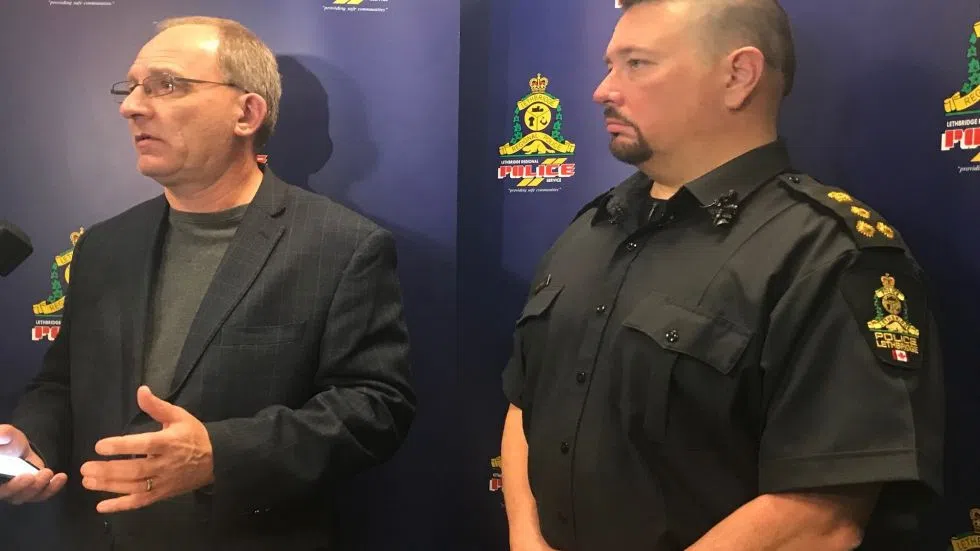
UPDATED: LPS Community Stakeholder and Public Opinion Survey results released
LETHBRIDGE – They called it the most comprehensive public opinion and community stakeholder survey ever undertaken by the Lethbridge Police Service.
Last February, Lethbridge Police commissioned two surveys to be completed by Lethbridge College’s Citizen Society Research Lab, headed by Dr. Faron Ellis.
The results of the survey, which have now been publicly released, will help the police service determine which direction they should be heading when it comes to the type of policing services, priorities, and what the public believes money should be spend on.
It also gauges how not only stakeholders like community organizations, neighborhood associations, educators, and other partner agencies like EMS feel about the job police are doing and how safe they believe their neighborhoods are during the day and at night.


